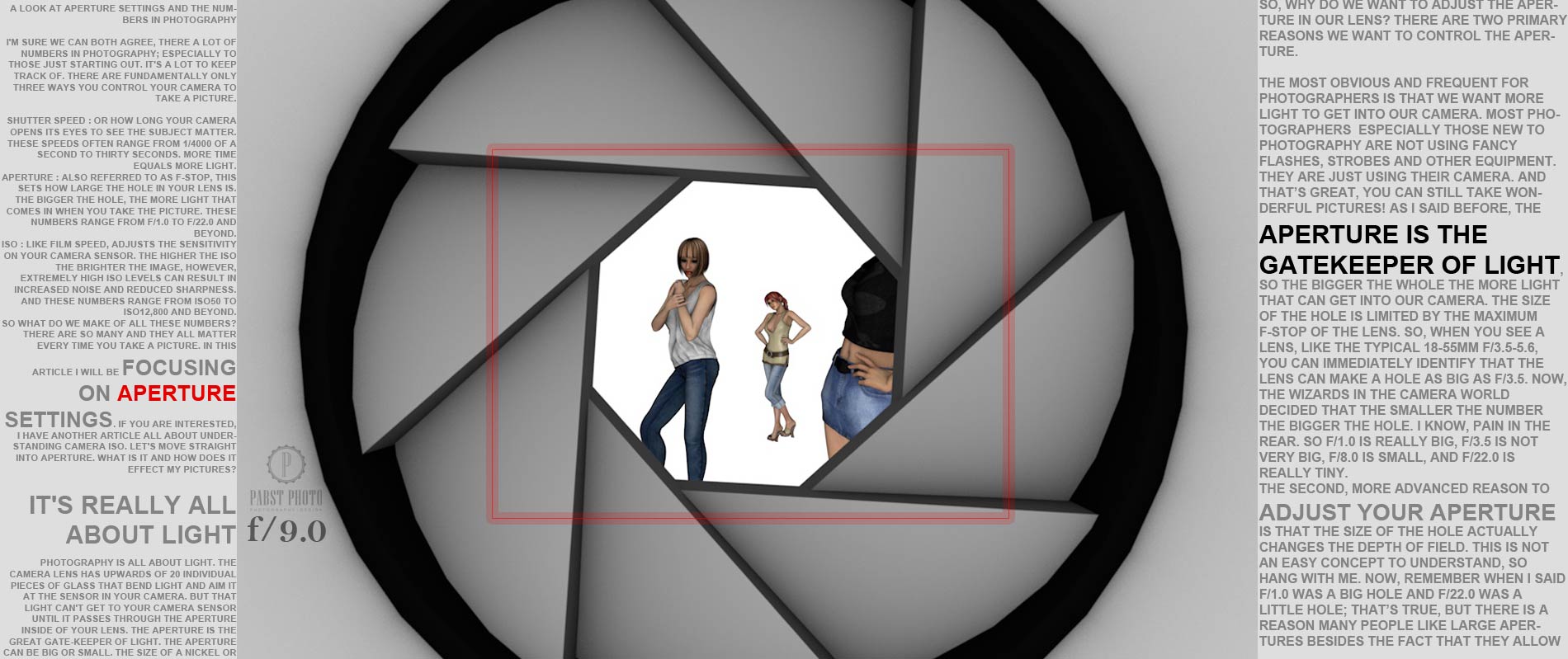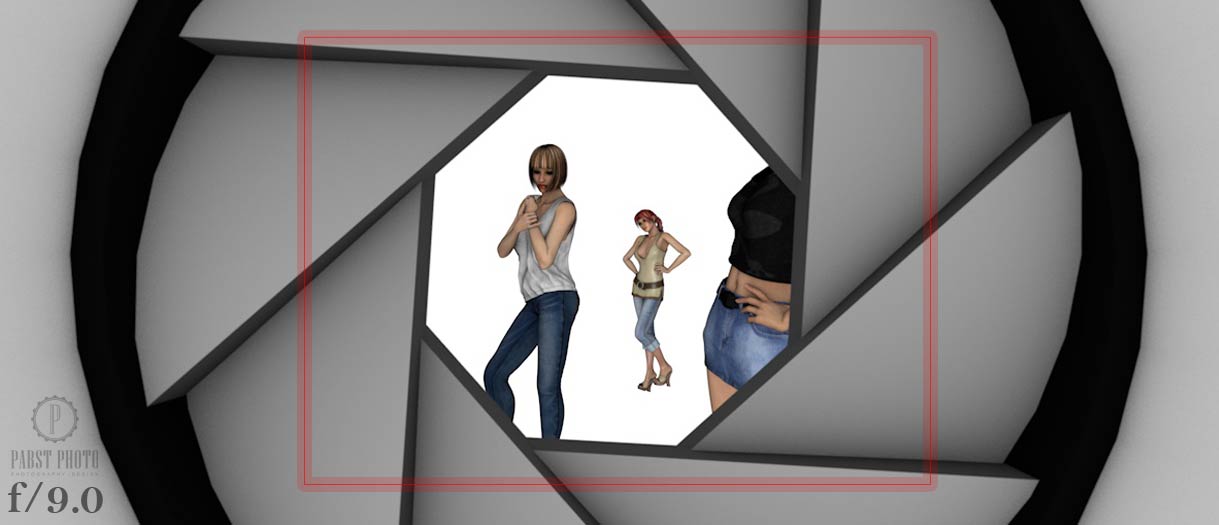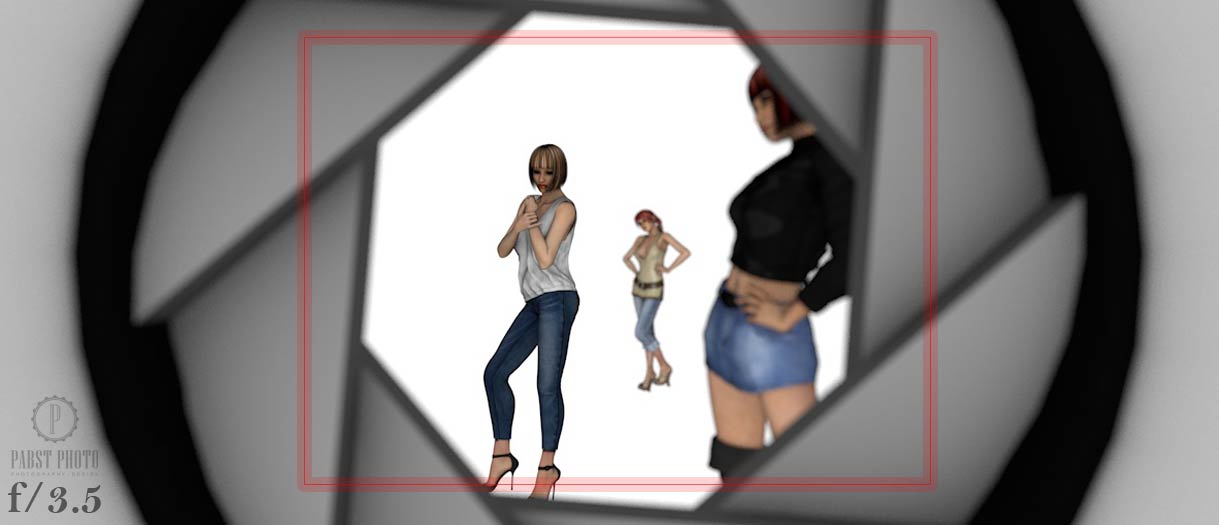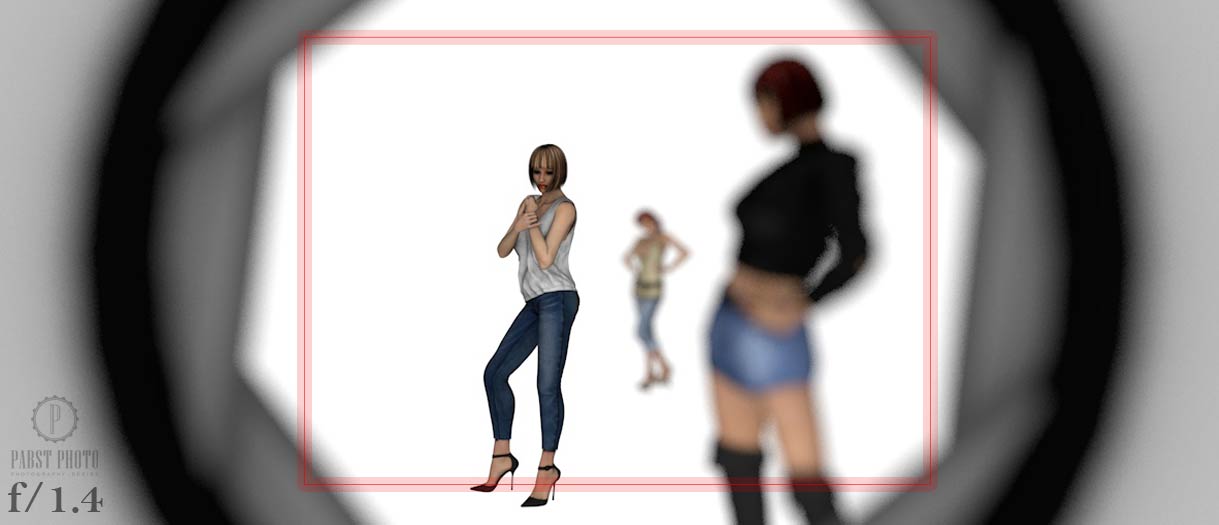A look at Aperture Settings and the Numbers in Photography
I’m sure we can both agree, there a lot of numbers in photography; especially to those just starting out. It’s a lot to keep track of. There are fundamentally only three ways you control your camera to take a picture.
- Shutter Speed : Or how long your camera opens its eyes to see the subject matter. These speeds often range from 1/4000 of a second to thirty seconds. More time equals more light.
- Aperture : Also referred to as F-Stop, this sets how large the hole in your lens is. The bigger the hole, the more light that comes in when you take the picture. These numbers range from f/1.0 to f/22.0 and beyond.
- ISO : like film speed, adjusts the sensitivity on your camera sensor. The higher the ISO the brighter the image, however, extremely high ISO levels can result in increased noise and reduced sharpness. And these numbers range from ISO 50 to ISO12,800 and beyond.
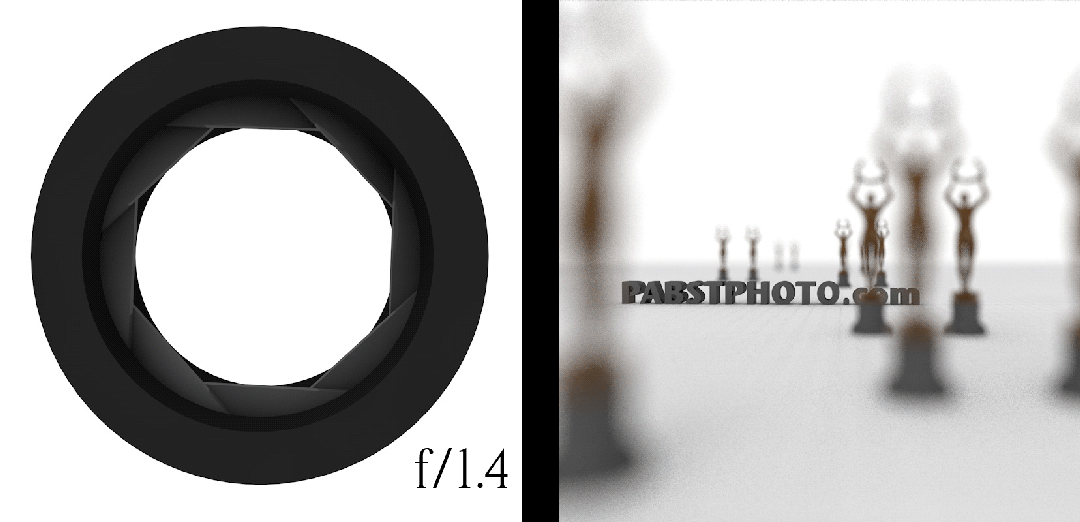
So what do we make of all of these numbers? There are so many and they all matter every time you take a picture. In this article I will be focusing on Aperture Settings. If you are interested, I have another article all about understanding camera ISO. Let’s move straight into aperture. What is it, and how does it effect my pictures?
It’s really all about Light
Photography is all about light. The camera lens has upwards of 20 individual pieces of glass that bend light and aim it at the sensor in your camera. But that light can’t get to your camera sensor until it passes through the aperture inside of your lens. The aperture is the great gatekeeper of light. The aperture can be big or small. The size of a nickel or a grain of sand and it is all in your control as the almighty photographer. Cameras these days, especially DSLR cameras, are quite sophisticated. You can let your camera do most of the work if you so choose. You can simply just let your camera deal with all of these numbers. However, your camera doesn’t get smarter after every picture it takes. It is as smart as it’s ever going to be right now. You, on the other hand, with practice, can become much better at taking pictures than your camera could ever dream. Mastering the numbers in photography is a huge part of that task. Now, let’s dive into understanding aperture settings.
Reasons to Adjust the Aperture Settings
So, why do we want to adjust the aperture in our lens? There are two primary reasons we want to control the aperture.
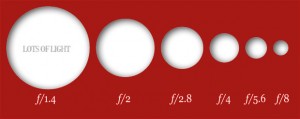 The most obvious and frequent for photographers is that we want more light to get into our camera. Most photographers, especially those new to photography, are not using fancy flashes, strobes and other equipment. They are just using their camera. And that’s great, you can still take wonderful pictures! As I said before, the aperture is the gatekeeper of light, so the bigger the hole the more light that can get into our camera. The size of the hole is limited by the maximum f-stop of the lens. So, when you see a lens, like the typical 18-55mm f/3.5-5.6, you can immediately identify that the lens can make a hole as big as f/3.5. Now, the wizards in the camera world decided that the smaller the number the bigger the hole. I know, pain in the rear. So f/1.0 is really big, f/3.5 is not very big, f/8.0 is small, and f/22.0 is really tiny.
The most obvious and frequent for photographers is that we want more light to get into our camera. Most photographers, especially those new to photography, are not using fancy flashes, strobes and other equipment. They are just using their camera. And that’s great, you can still take wonderful pictures! As I said before, the aperture is the gatekeeper of light, so the bigger the hole the more light that can get into our camera. The size of the hole is limited by the maximum f-stop of the lens. So, when you see a lens, like the typical 18-55mm f/3.5-5.6, you can immediately identify that the lens can make a hole as big as f/3.5. Now, the wizards in the camera world decided that the smaller the number the bigger the hole. I know, pain in the rear. So f/1.0 is really big, f/3.5 is not very big, f/8.0 is small, and f/22.0 is really tiny.- The second, more advanced reason to adjust your aperture is that the size of the hole actually changes the depth of field. This is not an easy concept to understand, so hang with me. Now, remember when I said f/1.0 was a big hole and f/22.0 was a little hole? That’s true, but there is a reason many people like large apertures besides the fact that they allow more light to get through the lens. A large hole = shallow depth of field. Let’s look at that more closely.
The Picture is Blurred | Depth of Field
Depth of field is not an easy concept, but what you need to know is that the larger the hole (smaller the f-stop), the more shallow the depth of field.
A shallow depth of field means that there is a really shallow area in focus. That means that everything else is likely to be really blurry. Photographers often like blurry backgrounds because it draws our attention to the subject that is in focus. Below are three images that show what happens as the aperture gets larger. We move from f-stop f/9.0 to f/3.5 and finally to f/1.4 — take a close look at what happens to the girls in the foreground and background. In each of the three 3D examples, the girl with the white top (middle) is the focal point in all three images. I also drew a red box to represent what the camera would actually capture. The glass elements inside the camera are very sophisticated, this is why they are expensive. No matter how big or small you make the aperture, the picture or image size is always the same (the red box.) Obviously, your camera doesn’t take a picture of the blades of your lens.
